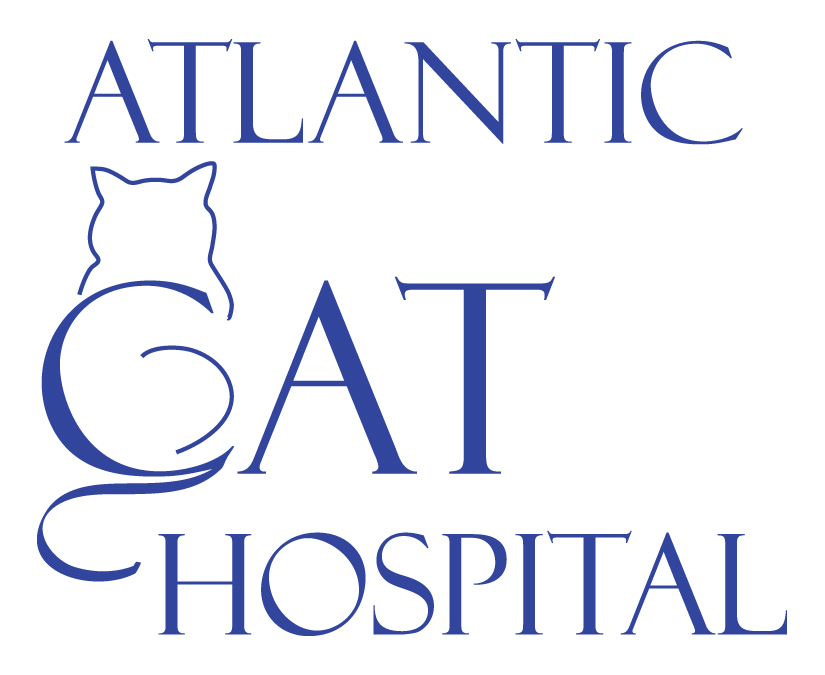Library
-
There is no drug approved for treating heartworms in cats and surgical removal is generally the best option. Veterinarians now strongly recommend that all cats receive heartworm preventative.
-
Your veterinarian may prescribe rectal medication if your pet is unable to swallow oral medications or if a specific required medication cannot be effectively absorbed with oral delivery. The rectal tissues contain large numbers of blood vessels very close to their surface, which means that medications delivered to this area are rapidly absorbed into the bloodstream. Rectal medication is most commonly used to treat seizures.
-
Baths should be performed in a comfortably warm area, using lukewarm water. Medicated shampoo should be applied to a clean, wet coat, so start by thoroughly rinsing your cat with lukewarm water. Shampoo should be worked into the coat thoroughly and allowed to sit for 10 minutes before rinsing unless directed otherwise by your veterinarian.
-
Imidocarb dipropionate is an injectable medication that is administered by a veterinarian to treat babesiosis in dogs. It is also used off-label to treat other protozoal infections in dogs, cats, and horses. Most common side effects include mild drooling, tearing, vomiting, or nasal drip. Do not use in pets with exposure to cholinesterase-inhibiting drugs, pesticides, or chemicals. If a negative reaction occurs, please call your veterinary office.
-
Infertility in a queen (an intact female cat) is defined as the inability to give birth to live kittens, despite appropriate breeding with a fertile male. This handout provides an outline of common causes of infertility along with how they are diagnosed and, when possible, treated.
-
This handout outlines the use of disease-modifying osteoarthritis drugs (DMOADs) in cats, specifically the use of polysulfated glycosaminoglycans (PSGAGs). The rationale for their use, potential side effects, and treatment expectations are explained.
-
The lacrimal duct is part of the nasolacrimal system, a series of narrow tubes that allow tears to drain from the eye into the nose and mouth. This duct can sometimes become blocked or fail to develop properly, resulting in tears overflowing and potentially staining the face below the eye. The clinical signs, diagnosis, and treatment options for the condition are explained in this handout.
-
Silymarin is an over-the-counter nutritional supplement that is used off-label and is given by mouth to treat liver and cancer conditions. Give as directed. Side effects are uncommon but may include vomiting or diarrhea. Do not use it in pets that are allergic to it. If a negative reaction occurs, please call the veterinary office.
-
Mothballs are solid pesticides that slowly release a vapor to kill and repel moths, their larvae, and other insects from stored clothing and fabric. Mothballs are sometimes also used to repel snakes, mice, and other animals, although this use is not recommended and can be harmful to pets, children, and the environment.
-
Most cats instinctively hide their pain as a survival mechanism which can make detecting pain in cats a challenge. Although the signs may be subtle, careful observation of a cat’s everyday behaviors will often reveal pain when it is present. These signs may include changes in behavior, mobility, elimination, and grooming habits. Common pain medications include NSAIDs and opioids. Your veterinarian will choose the appropriate drugs based on your cat's specific needs.






